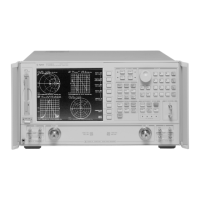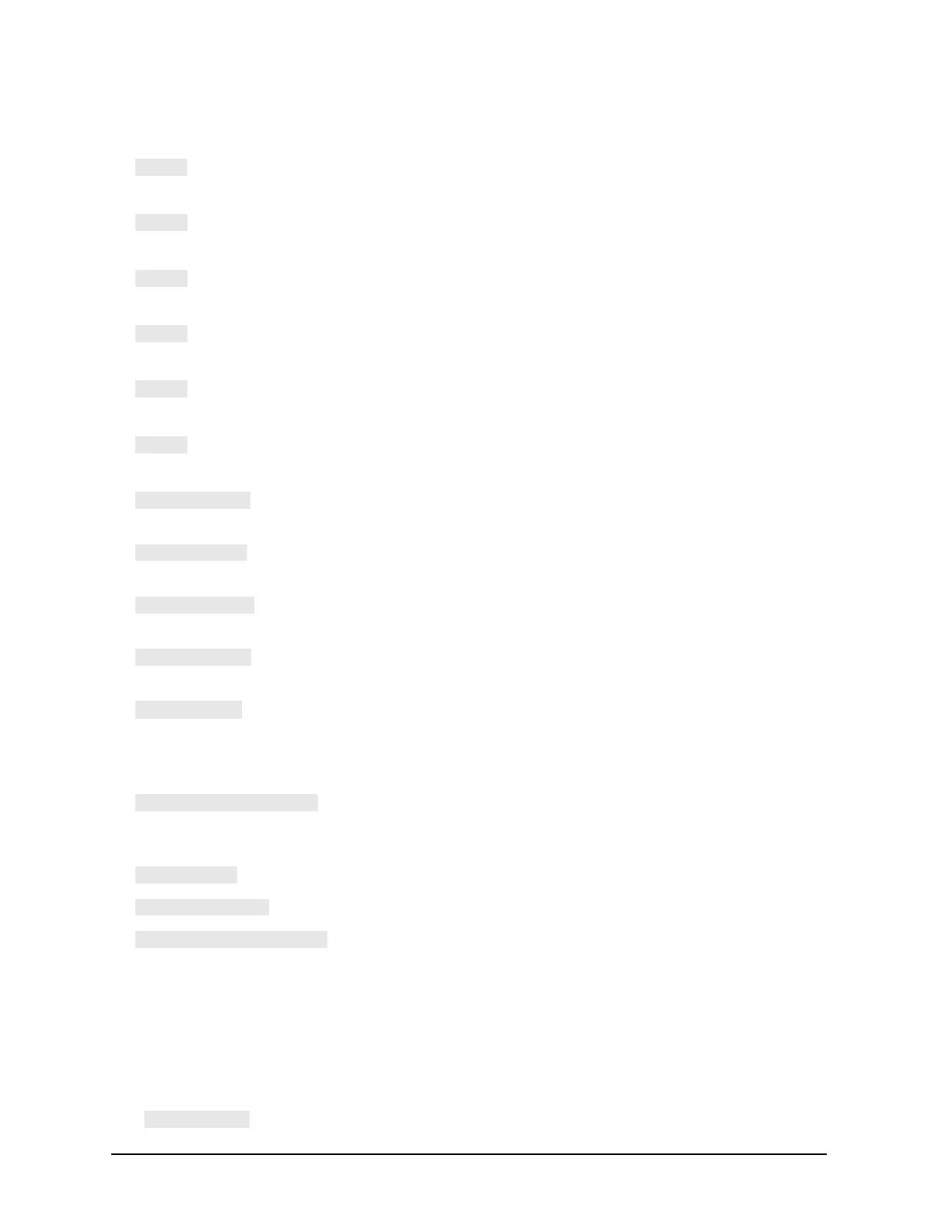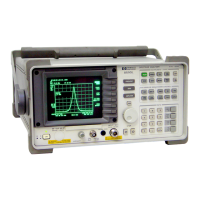7- 64
Operating Concepts
Modifying Calibration Kits
specify class menu:
• allows you to enter the standard numbers for the first class required for an S
11
1-port calibration.
(For default calibration kits, this is the open.)
• allows you to enter the standard numbers for the second class required for an S
11
1-port
calibration. (For default calibration kits, this is the short.)
• allows you to enter the standard numbers for the third class required for an S
11
1-port
calibration. (For default calibration kits, this is the load.)
• allows you to enter the standard numbers for the first class required for an S
22
1-port calibration.
(For default calibration kits, this is the open.)
• allows you to enter the standard numbers for the second class required for an S
22
1-port
calibration. (For default calibration kits, this is the short.)
• allows you to enter the standard numbers for the third class required for an S
22
1-port
calibration. (For default calibration kits, this is the load.)
• allows you to enter the standard numbers for the forward transmission thru
calibration. (For default calibration kits, this is the thru.)
• allows you to enter the standard numbers for the reverse transmission (thru)
calibration. (For default calibration kits, this is the thru.)
• allows you to enter the standard numbers for the forward match (thru) calibration. (For
default calibration kits, this is the thru.)
• allows you to enter the standard numbers for the reverse match (thru) calibration. (For
default calibration kits, this is the thru.)
• allows you to enter the standard numbers for a response calibration. This calibration
corrects for frequency response in either reflection or transmission measurements, depending on the
parameter being measured when a calibration is performed. (For default kits, the standard is either the
open or short for reflection measurements, or the thru for transmission measurements.)
• allows you to enter the standard numbers for a response & isolation
calibration. This calibration corrects for frequency response and directivity in reflection measurements,
or frequency response and isolation in transmission measurements.
• allows you to enter the standard numbers for a TRL thru calibration.
• allows you to enter the standard numbers for a TRL reflect calibration.
• allows you to enter the standard numbers for a TRL line or match
calibration.
Label Class Menu
The label class menus are used to define meaningful labels for the calibration classes. These then become
softkey labels during a measurement calibration. Labels can be up to ten characters long.
Label Kit Menu
This softkey within the modify cal kit menu, accesses this menu. It is identical to the label

